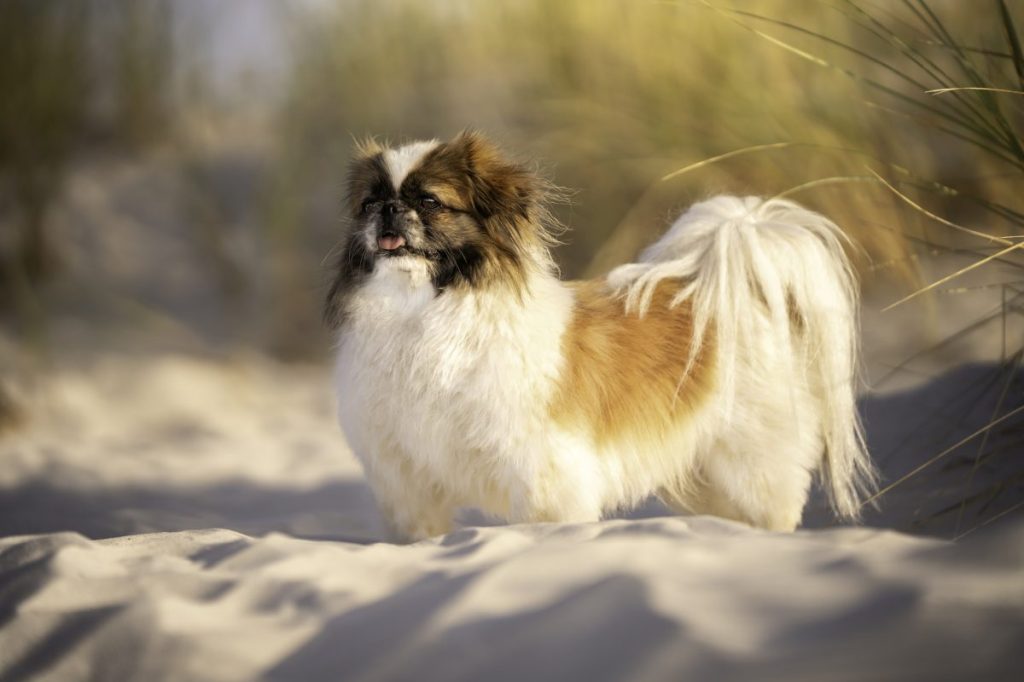While we may often overlook this fact, dogs are largely tied to human history. Certain breeds, like the Doberman Pinscher or Teddy Roosevelt Terrier, owe their existence to visionary individuals. Some others emerge from specific cultures or social classes. With traits adapted to local climates and body styles suited for native terrains, purebred dogs embody living history,…

How old is the new royal pup?



